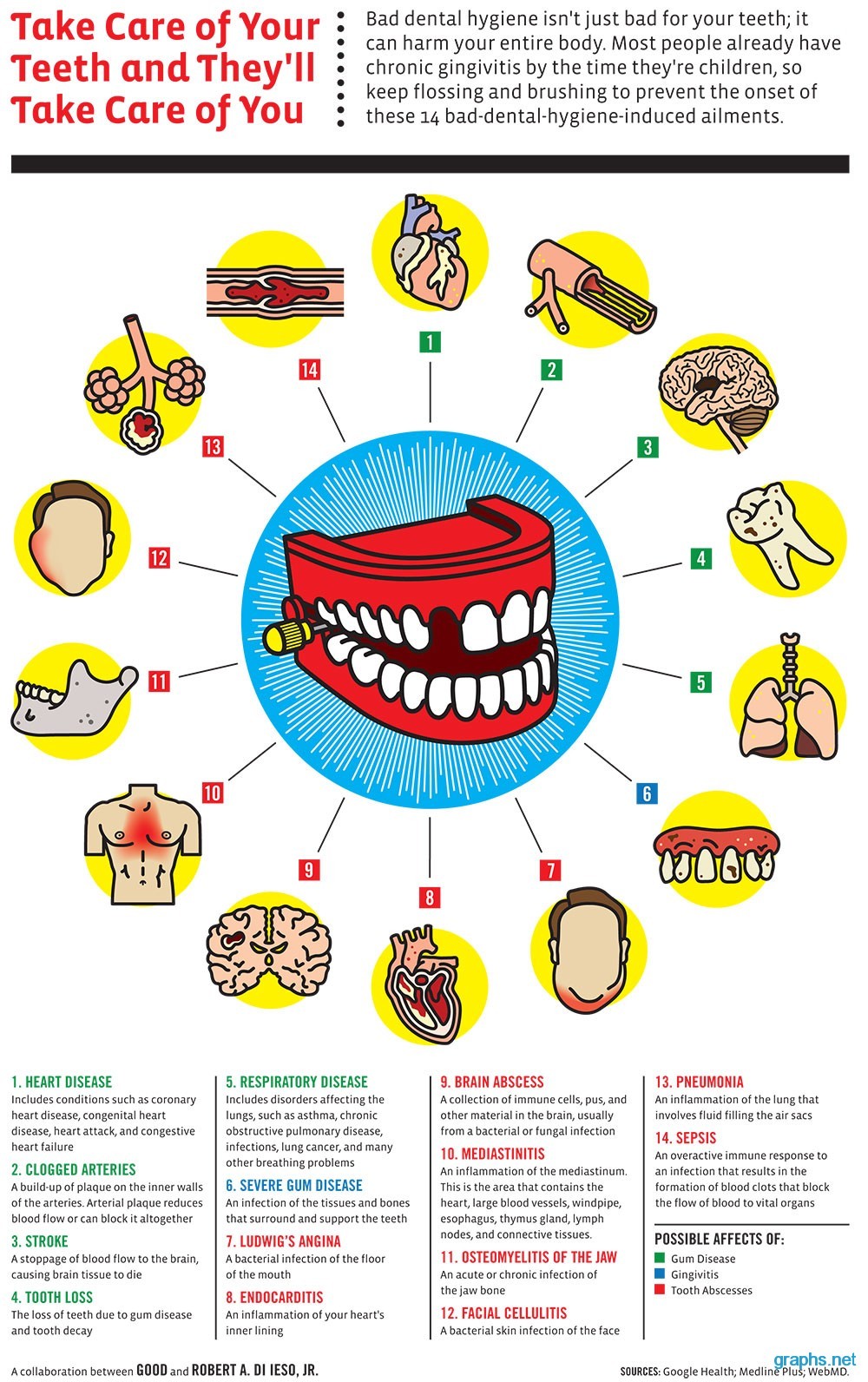The Future Of Dental Surgery: Innovations And Breakthroughs Shaping The Area
The Future Of Dental Surgery: Innovations And Breakthroughs Shaping The Area
Blog Article
click this site By-Bendixen Schultz
Invite to the world of oral surgery, where technologies and advancements are shaping the future of the area! In this amazing world, you'll witness the transformative power of robotics, the innovative wonder of 3D printing, and the game-changing effect of minimally invasive methods.
The future of oral surgery holds a pledge of precision, performance, and improved patient outcomes. With the help of advanced robotics, doctors are able to execute complicated treatments with greater precision and control.
3D printing technology is changing the production of dental implants and prosthetics, offering customized services that fit flawlessly into each individual's one-of-a-kind anatomy.
Furthermore, minimally intrusive strategies are minimizing post-operative discomfort and healing time, allowing people to return to their day-to-days live sooner.
Prepare yourself to discover the exciting developments and developments that are improving the landscape of dental surgery!
Advancements in Robotics
One significant development in dental surgery is using robot technology, which allows for accurate and effective surgical procedures. With the help of robot systems, dental cosmetic surgeons have the capacity to execute intricate surgeries with improved precision, decreasing the risk of human error.
These robot systems are furnished with advanced imaging innovation and specific tools that allow doctors to browse via detailed anatomical structures effortlessly. By using robotic technology, surgeons can attain better surgical precision, resulting in boosted individual results and faster recuperation times.
Additionally, the use of robotics in oral surgery allows for minimally invasive treatments, decreasing the injury to surrounding tissues and advertising faster recovery.
3D Printing in Dental Surgery
To enhance the area of dental surgery, you can explore the subtopic of 3D printing in dental surgery. This innovative innovation has the potential to revolutionize the way oral surgeons operate and treat individuals. Here are 4 vital ways in which 3D printing is forming the area:
- ** Customized Surgical Guides **: 3D printing permits the development of highly precise and patient-specific surgical overviews, boosting the accuracy and efficiency of procedures.
- ** Implant Prosthetics **: With 3D printing, dental cosmetic surgeons can create customized implant prosthetics that perfectly fit a patient's special anatomy, leading to far better outcomes and person contentment.
- ** Bone Grafting **: 3D printing allows the manufacturing of patient-specific bone grafts, lowering the requirement for standard implanting methods and improving recovery and healing time.
- ** Education and Training **: 3D printing can be used to produce realistic medical models for academic purposes, allowing oral surgeons to practice intricate treatments prior to performing them on individuals.
With see page to enhance accuracy, personalization, and training, 3D printing is an exciting development in the field of oral surgery.
Minimally Intrusive Strategies
To additionally advance the area of dental surgery, welcome the capacity of minimally intrusive techniques that can significantly profit both doctors and individuals alike.
Minimally intrusive strategies are changing the field by minimizing surgical injury, decreasing post-operative pain, and increasing the healing process. These methods involve making use of smaller lacerations and specialized tools to perform procedures with precision and efficiency.
By using innovative imaging technology, such as cone light beam computed tomography (CBCT), cosmetic surgeons can accurately prepare and perform surgeries with minimal invasiveness.
In addition, using lasers in dental surgery permits precise cells cutting and coagulation, resulting in minimized bleeding and reduced healing time.
With minimally intrusive methods, patients can experience much faster healing, lowered scarring, and boosted outcomes, making it a necessary aspect of the future of dental surgery.
Conclusion
So, as you can see, the future of oral surgery is incredibly promising, with interesting technologies and breakthroughs forming the field.
From https://veneerscostnearme73840.vblogetin.com/38672917/periodontal-economic-crisis-therapy-myths-realities-and-whatever-in-between in robotics to the use of 3D printing and minimally invasive techniques, dental cosmetic surgeons are changing the means they supply treatment.
While some might fret about the prospective cost connected with these improvements, it is essential to keep in mind that these innovations eventually improve patient outcomes and reduce recuperation time, making them well worth the investment in the long run.
